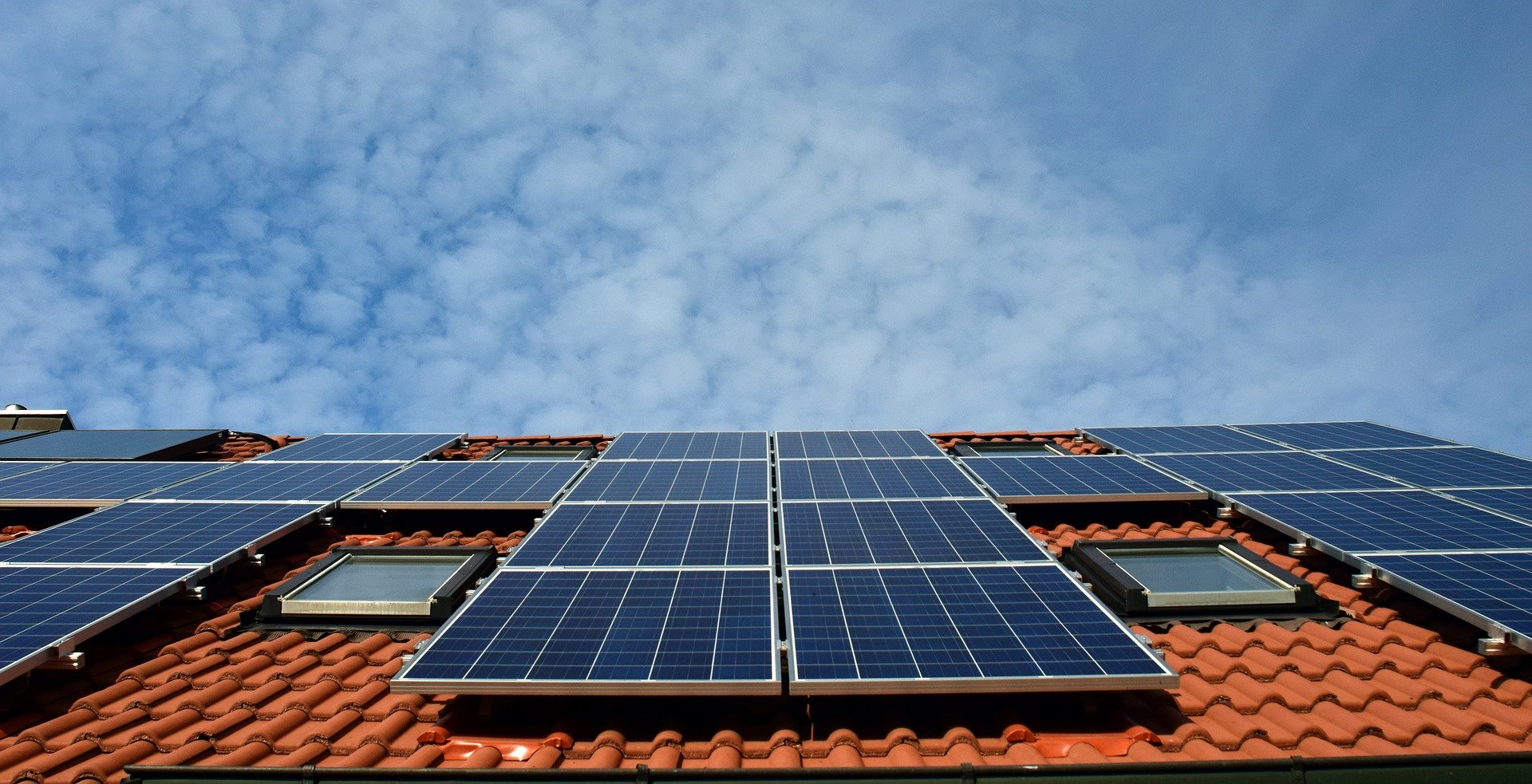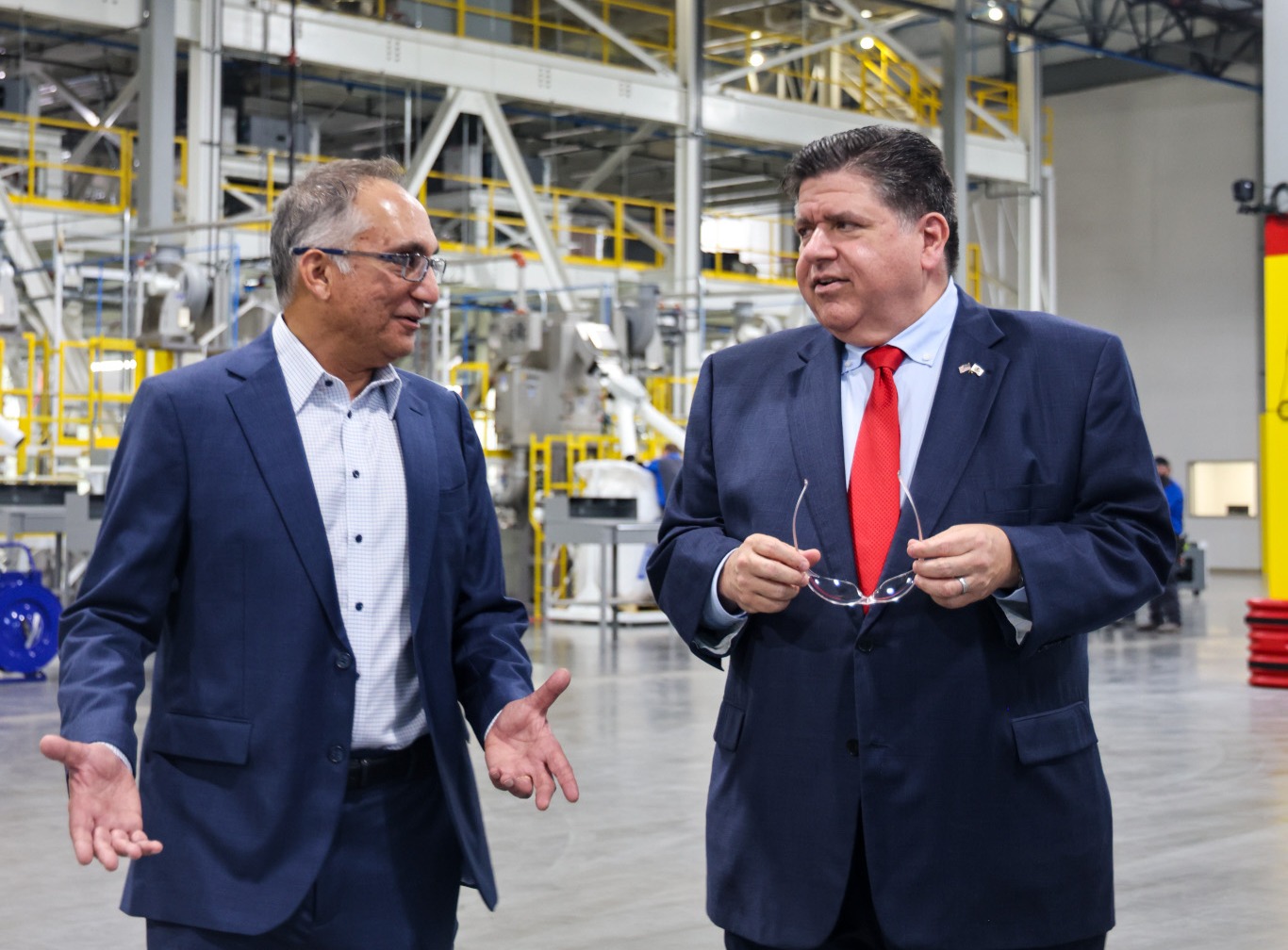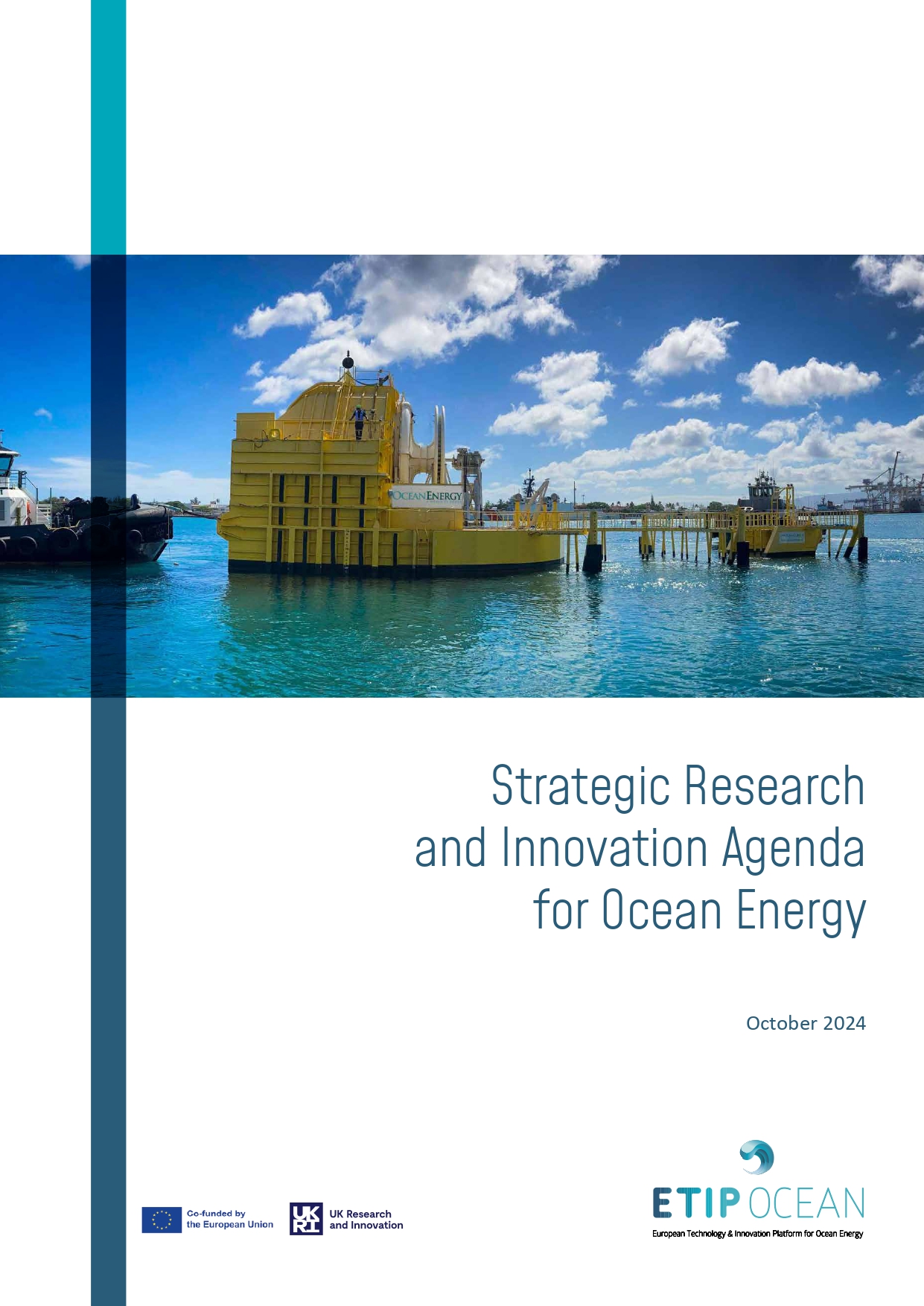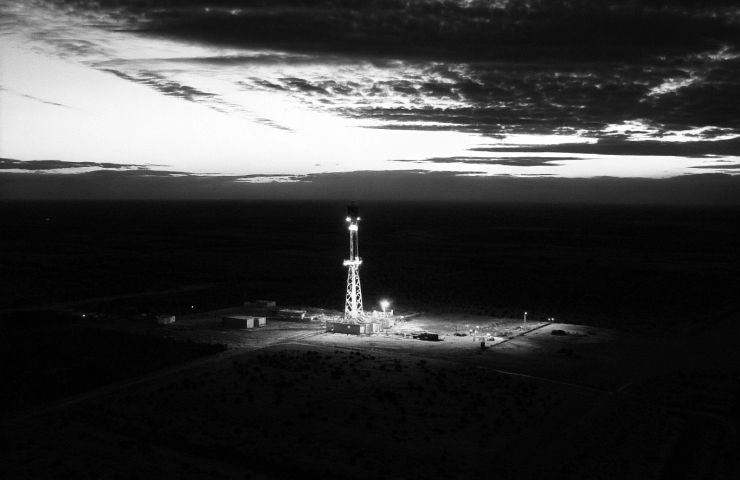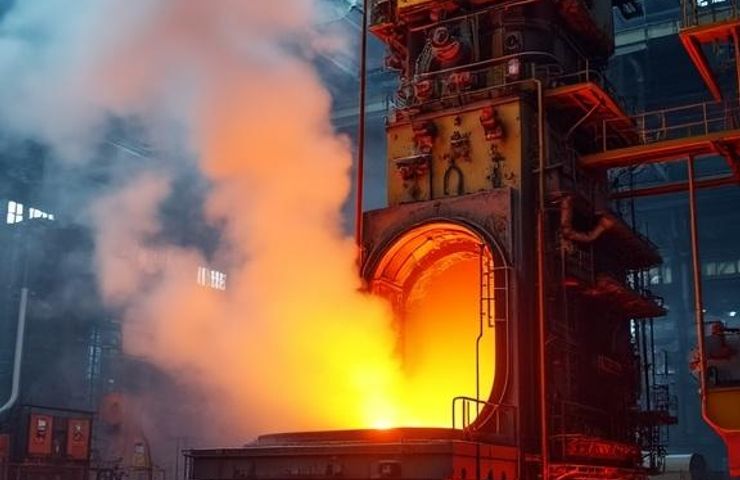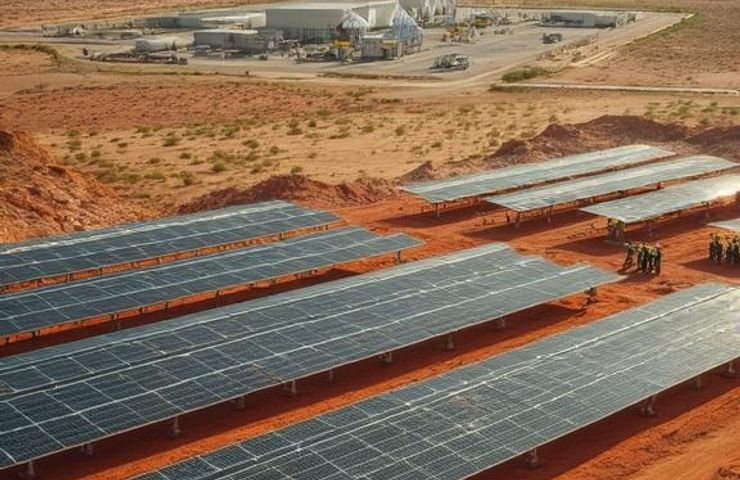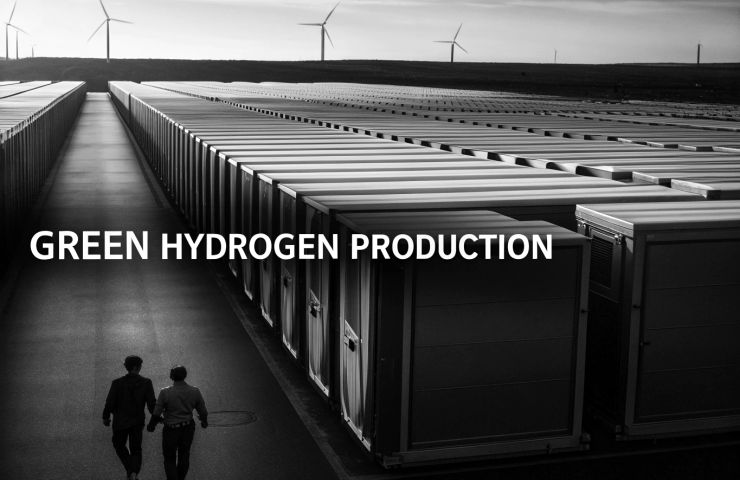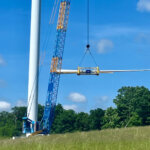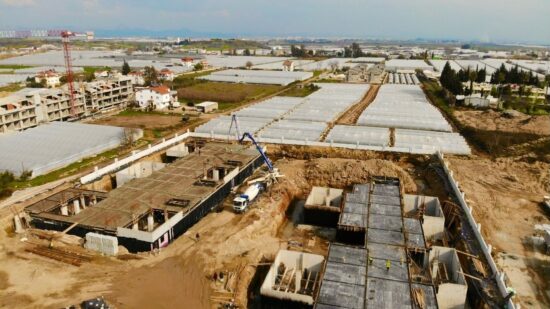American Energy, American AI: Powering a Secure Future
Key Takeaways Artificial intelligence (AI) and data centers are driving unprecedented energy demand growth, shifting industry conversations from megawatts to gigawatts. Permitting reform and policy consistency are critical to maintaining […]
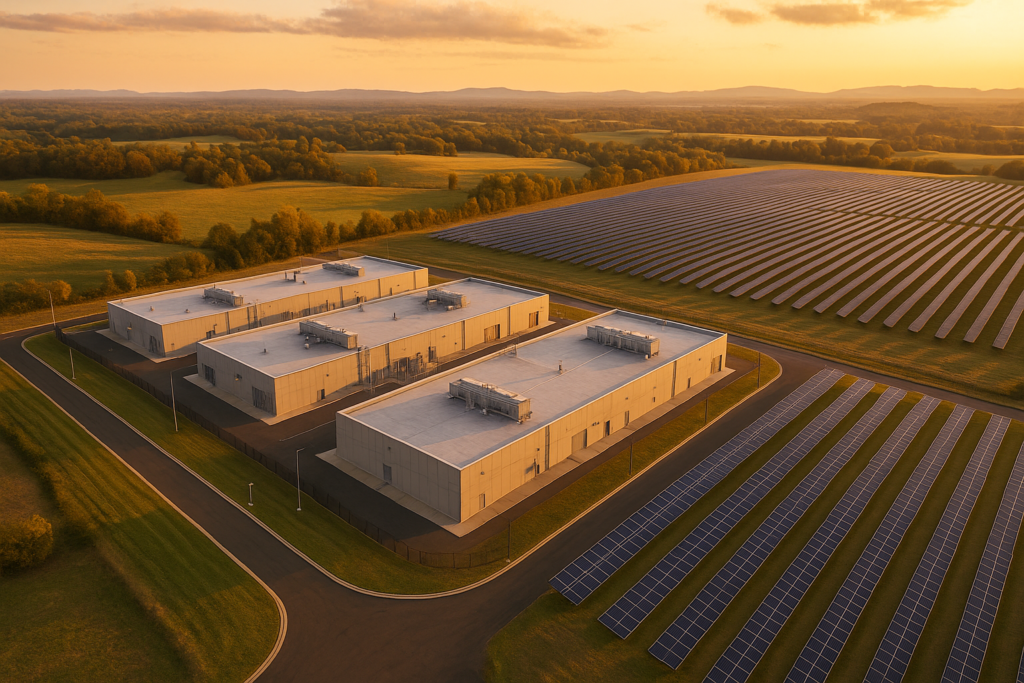
Key Takeaways
- Artificial intelligence (AI) and data centers are driving unprecedented energy demand growth, shifting industry conversations from megawatts to gigawatts.
- Permitting reform and policy consistency are critical to maintaining American leadership in both AI and energy security.
- An all-of-the-above domestic energy approach—including wind, solar, storage, nuclear, and natural gas—is essential for reliability and national security.
The race for global AI leadership isn’t just about algorithms and computing power—it’s increasingly about who can provide the most reliable, secure, and abundant energy to power the data centers that support the technology.
American AI development is rapidly driving the need for more of data centers due to the vast computational power required for training and running complex models. These data centers require electricity to power their infrastructure and the cooling systems which manage the heat generated by their operations.
ACP’s recent PowerTalk explored this critical intersection between America’s energy strategy and our technological future. The conversation—moderated by ACP CEO Jason Grumet and featuring panelists Helen Toner of Georgetown’s Center for Security and Emerging Technology, Harry Krejsa of Carnegie Mellon’s Institute for Strategy and Technology, David Carroll of ENGIE North America (and ACP’s Board Chair-Elect), and Heather McGeory of CoreWeave—offered perspectives from both energy producers and technology companies at the forefront of AI development.
AI is Driving Unprecedented Energy Demand
Data centers and AI infrastructure are creating energy demand at scales previously unimagined. “The demand in terms of volume and energy that we could use—we used to have conversations about megawatts and now we have conversations about gigawatts,” explained Heather McGeory of CoreWeave, referring to conversations around powering individual data centers. This is already happening today, as energy demand is forecasted to increase by as much as 50% by 2040, according to a study from S&P Global Commodity Insights.
This exponential growth represents both a challenge and opportunity for American energy development. As David Carroll of ENGIE noted, “It’s no longer a conversation about ‘can you just bring a solar project.’ It’s how can we pair technologies associated with wind, solar, battery, and even now some peakers or natural gas generation so that we can have a data center that has firm reliable power.”
Energy Security is National Security
The location and security of our energy infrastructure directly impacts America’s technological leadership position.
“I certainly think that energy permitting—making sure that it’s actually possible to build new energy sites—is genuinely a huge deal,” emphasized Helen Toner. “Having a really strong domestic base that you’re able to build on is very valuable… From a sort of high-level strategic perspective, these are really valuable assets and it makes sense to want to have them at home,” she continued, highlighting the strategic importance of domestic energy production.
Harry Krejsa further explained that the newest energy technologies offer the best security advantages: “The most defensible and resilient technologies are the most shovel ready, fastest onto grid and often are the lowest carbon emitting—but their national security imperative and value often have nothing to do with their carbon emission.”
Policy Certainty is Critical for Meeting Energy Demand
Meeting these massive energy demands will require embracing all available domestic energy resources. “We always want to be finding the most modern and efficient energy solutions possible, and I really think that includes renewables and nuclear. I don’t think we can get through any of this without nuclear,” stated McGeory.
However, policy uncertainty is creating investment challenges. Carroll emphasized: “We’ve been investing about $3 billion a year in the U.S. market and that’s slowed down because of the policy uncertainty, but also tariffs.”
As America navigates the dual challenges of energy security and technological leadership, the clean power industry stands ready to deliver the reliable, domestic energy resources needed to power our AI future. As Jason Grumet concluded, “We are in a race for digital dominance… The efforts to make sure that we are scaling U.S.-based technology as the backbone of the data centers and the reliable, clean, secure electrons that our members are providing is really the point of our work.” This will require smart policy, streamlined permitting, and a commitment to building American energy systems that support both our economic and national security objectives.
Watch the full PowerTalk here.
What's Your Reaction?









